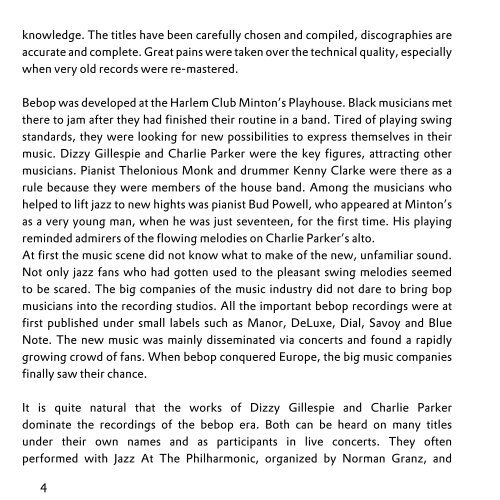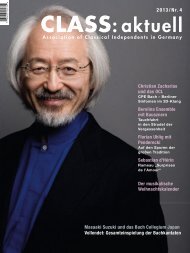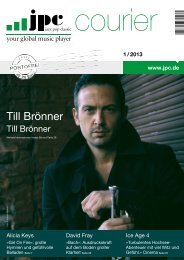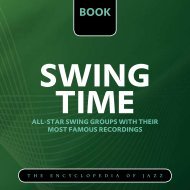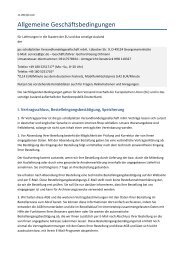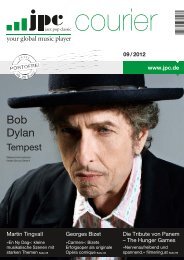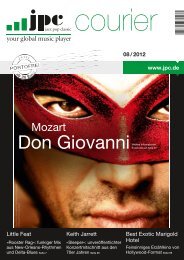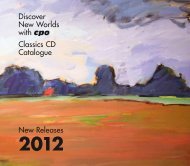Create successful ePaper yourself
Turn your PDF publications into a flip-book with our unique Google optimized e-Paper software.
knowledge. The titles have been carefully chosen and compiled, discographies are<br />
accurate and complete. Great pains were taken over the technical quality, especially<br />
when very old records were re-mastered.<br />
Bebop was developed at the Harlem Club Minton’s Playhouse. Black musicians met<br />
there to jam after they had finished their routine in a band. Tired of playing swing<br />
standards, they were looking for new possibilities to express themselves in their<br />
music. Dizzy Gillespie and Charlie Parker were the key figures, attracting other<br />
musicians. Pianist Thelonious Monk and drummer Kenny Clarke were there as a<br />
rule because they were members of the house band. Among the musicians who<br />
helped to lift jazz to new hights was pianist Bud Powell, who appeared at Minton’s<br />
as a very young man, when he was just seventeen, for the first time. His playing<br />
reminded admirers of the flowing melodies on Charlie Parker’s alto.<br />
At first the music scene did not know what to make of the new, unfamiliar sound.<br />
Not only jazz fans who had gotten used to the pleasant swing melodies seemed<br />
to be scared. The big companies of the music industry did not dare to bring bop<br />
musicians into the recording studios. All the important bebop recordings were at<br />
first published under small labels such as Manor, DeLuxe, Dial, Savoy and Blue<br />
Note. The new music was mainly disseminated via concerts and found a rapidly<br />
growing crowd of fans. When bebop conquered Europe, the big music companies<br />
finally saw their chance.<br />
It is quite natural that the works of Dizzy Gillespie and Charlie Parker<br />
dominate the recordings of the bebop era. Both can be heard on many titles<br />
under their own names and as participants in live concerts. They often<br />
performed with Jazz At The Philharmonic, organized by Norman Granz, and<br />
played in the company of jazz greats such as Lester Young, Oscar Peterson,<br />
Coleman Hawkins and Roy Eldridge. The impresario Gene Norman also organized<br />
bebop concerts and produced the recordings under his label Just Jazz. Many concerts<br />
were recorded on the American Westcoast, featuring musicians like Chet Baker,<br />
Gerry Mulligan and Wardell Gray.<br />
First there were only black musicians experimenting in Minton’s Playhouse, but in<br />
the course of time white musicians arrived, listened and picked up new harmonies<br />
and tones. Musicians like Stan Getz, Zoot Sims, Al Cohn and Kai Winding became<br />
protagonists of a white bebop, and many recordings demonstrate that all the<br />
outstanding musicians speak the same language.<br />
Peter Bölke<br />
4 5


